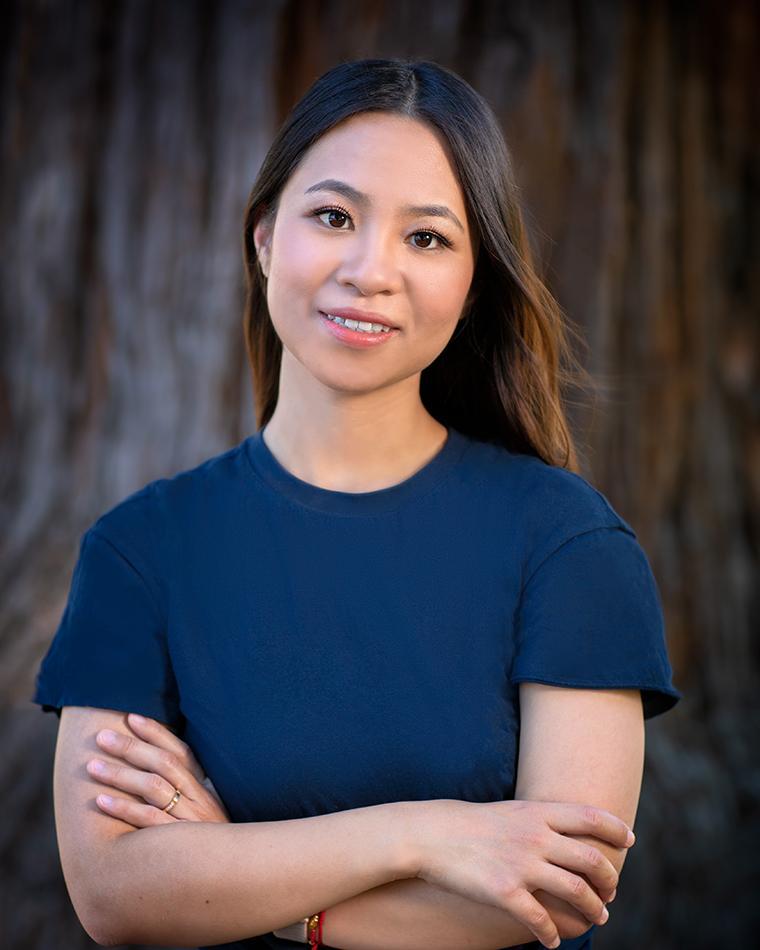
Di Di: Highlights from First Year at SCU
During my first year of residence at SCU, I have had the pleasure of interacting with students, publishing my research, presenting the findings at conferences, and starting a new research project.
Over the past twelve months, I published two academic journal articles—a mixed-method paper and a quantitative paper. The former, “Alternative Spirituality among Global Scientists,” is published in The Sociological Quarterly, and is a collaborative research project with scholars at Rice University and the University of Alabama Huntsville. Relying on a survey of 6,470 academic scientists and 65 follow-up interviews with a selection of survey respondents, the study explores the attitudes of scientists to spirituality in four countries: France, Taiwan, the US, and the UK. The study reveals that alternative spirituality is more prevalent among scientists in Taiwan and France than in the UK and the US. It also finds that the construction of spirituality in these contexts redefines the cultural meanings bundled with religion, which helps to explain how the construction of spirituality is changing the face of religion in different social contexts.
The second paper, “Are Religious Women More Traditionalist? A Cross-National Examination of Gender and Religion,” is published in the Journal for the Scientific Study of Religion. It is a quantitative study using survey data. Using data from 37 countries, it analyzes how gender inequality conditions the relationship between religious attendance and women’s gender ideologies in different countries. Its findings indicate that while women’s religious attendance is, on average, negatively related to egalitarian gender ideologies, this association is conditioned by religious affiliation. It is also contingent on the level of gender inequality, being weaker in countries with prominent gender inequalities, and reveals the mechanisms that contextualize the intersection of gender and religion.
I recently started a new project, “A Capital Driven Science,” funded by the Templeton Foundation, which explores how tech professionals in mainland China and the US understand the intersection of technology, ethics, and science. Working with SCU students, I have completed project planning and begun preliminary data collection.
I enjoy teaching, research, and mentoring at SCU. In addition to courses on race and inequality, immigrant entrepreneurship, and stakeholder diversity in the US, I teach the Survey Research and Statistical Analysis course for our sociology majors. My interactions with students constantly remind me of how qualitative and quantitative methods complement each other. It is the students’ questions that often prompt me to finesse my research design and implementation and whose enthusiasm has a multiplier effect on my own interest in research. Needless to say, I am deeply grateful to them and to the many supportive colleagues that Santa Clara University has in abundance.